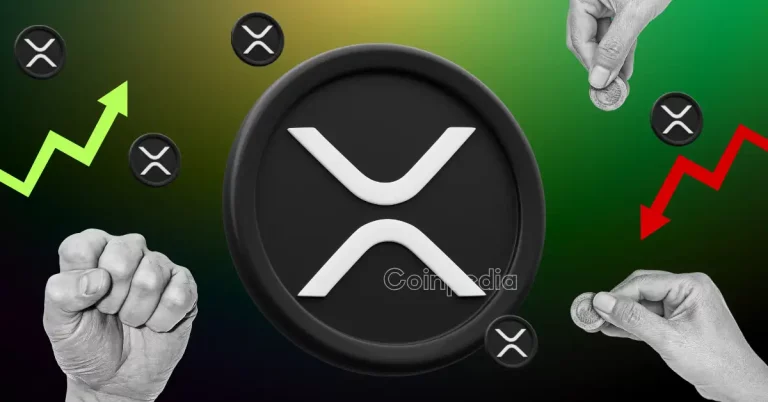
Smart Homes and Smart Living: The Technological Transformation of European Homes by 2025
Smart Homes and Smart Living is revolutionizing the way we live, work, and interact with our living spaces. With the increasing demand for comfort, convenience, and sustainability, European homes are undergoing a significant transformation with the integration of smart technologies.
Introduction to Smart Homes
A smart home is a residence that has been equipped with advanced technologies, including the Internet of Things (IoT), home automation, and artificial intelligence (AI). These technologies enable homeowners to control and monitor various aspects of their home, such as lighting, temperature, security, and entertainment systems, remotely or through voice commands.
Benefits of Smart Homes
The benefits of smart homes are numerous. They offer enhanced comfort, convenience, and sustainability. With smart home devices, homeowners can:
- Control lighting, temperature, and entertainment systems with ease
- Monitor and manage energy consumption, reducing waste and costs
- Enhance home security with advanced surveillance and alarm systems
- Improve air quality and health with smart air purification systems
Smart Home Devices and Technologies
There are various smart home devices and technologies available, including:
- Smart speakers, such as Amazon Alexa and Google Home
- Smart thermostats, such as Nest and Ecobee
- Smart lighting systems, such as Philips Hue and LIFX
- Smart security cameras, such as Nest Cam and Ring
- Smart door locks, such as August and Schlage
European Homes by 2025
By 2025, European homes will be transformed with the integration of smart technologies. According to a report by McKinsey, the smart home market in Europe is expected to reach €35 billion by 2025, with an estimated 30% of households adopting smart home devices.
Conclusion
In conclusion, Smart Homes and Smart Living is the future of European homes. With the integration of advanced technologies, homeowners can enjoy enhanced comfort, convenience, and sustainability. As the demand for smart home devices continues to grow, we can expect to see significant advancements in the industry, transforming the way we live, work, and interact with our living spaces.
What to Expect in the Future
In the future, we can expect to see even more innovative smart home devices and technologies emerge. Some of the trends to watch include:
- Artificial intelligence (AI) and machine learning (ML) integration
- Increased focus on sustainability and energy efficiency
- More emphasis on home security and surveillance
- Greater integration with other technologies, such as wearables and vehicles
Challenges and Opportunities
While the smart home industry is growing rapidly, there are still challenges and opportunities that need to be addressed. Some of the challenges include:
- Interoperability and compatibility between devices
- Privacy and security concerns
- Cost and affordability
- Education and awareness about smart home technologies
Conclusion
In conclusion, the future of European homes is smart, connected, and sustainable. As the demand for smart home devices continues to grow, we can expect to see significant advancements in the industry, transforming the way we live, work, and interact with our living spaces.




